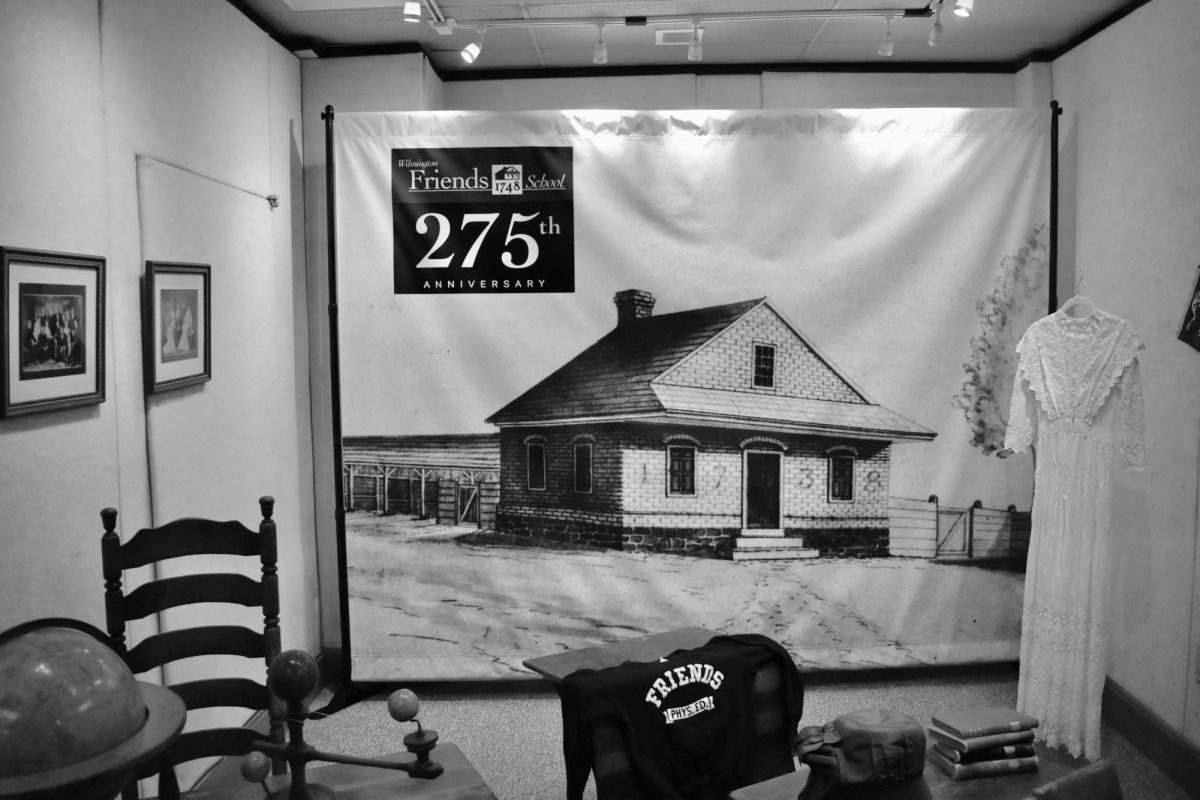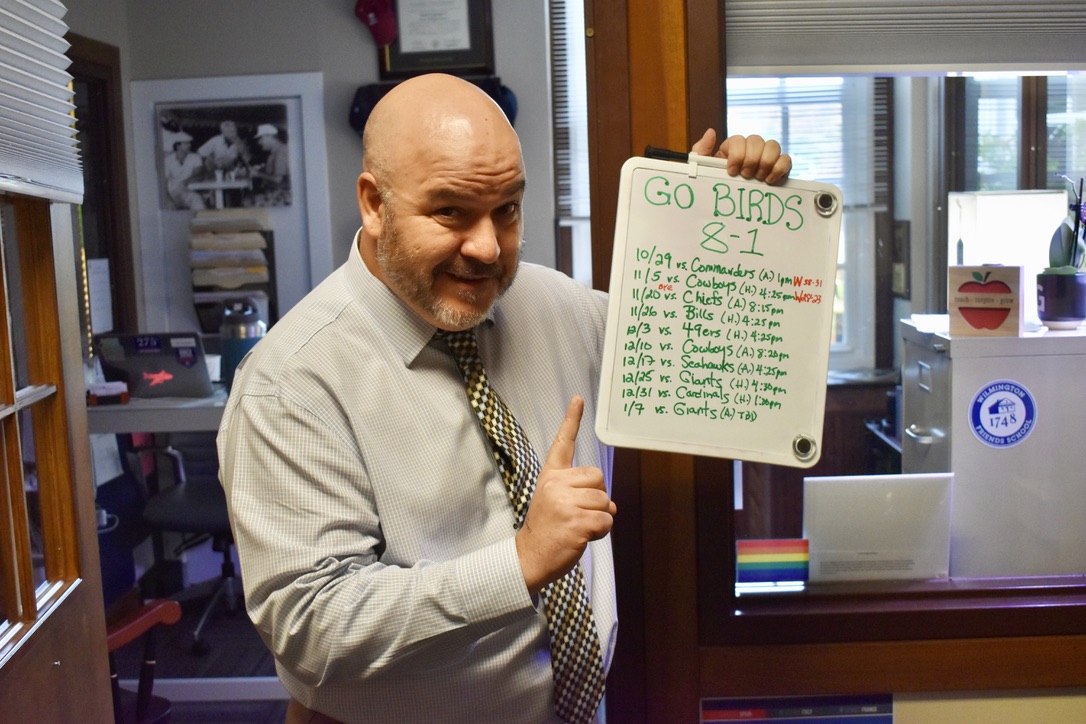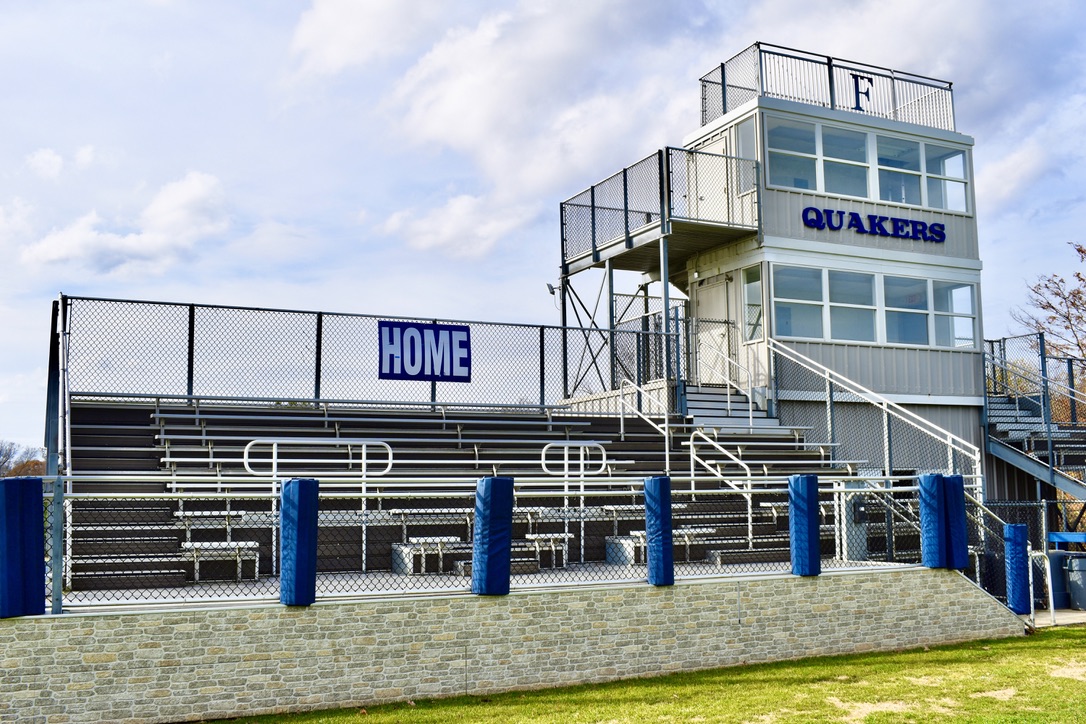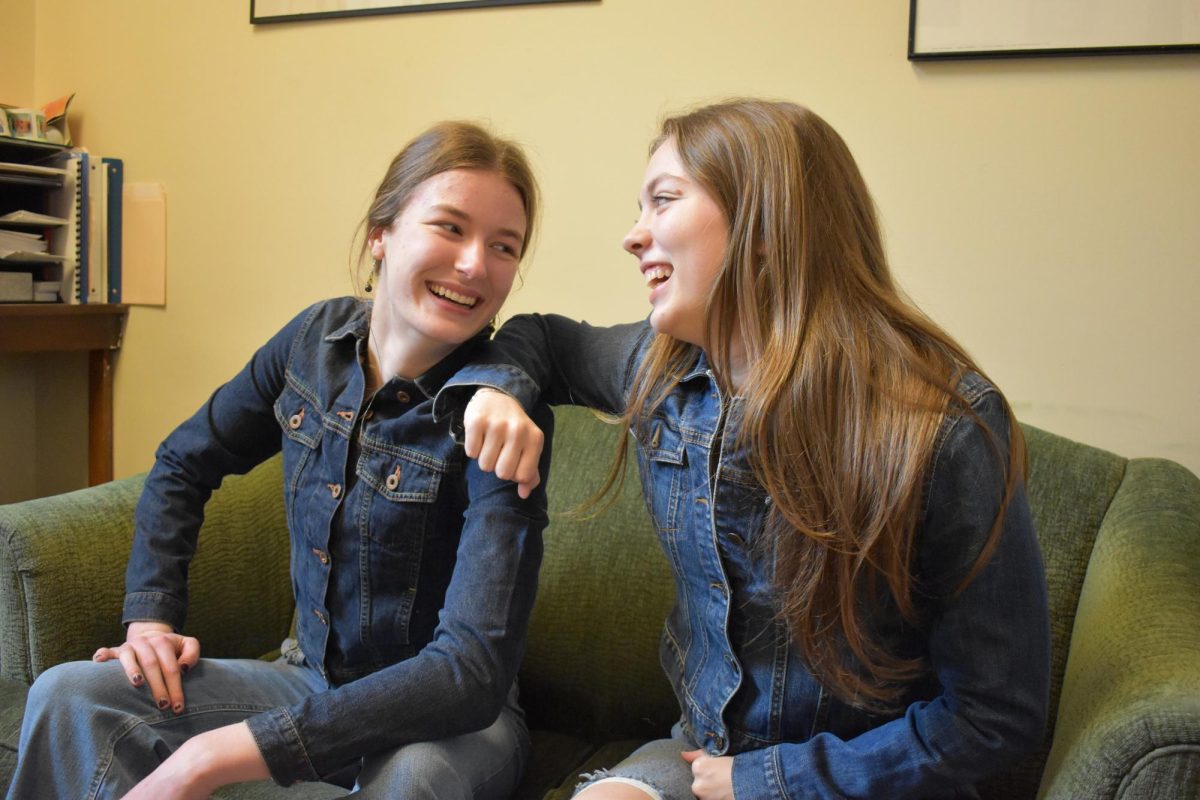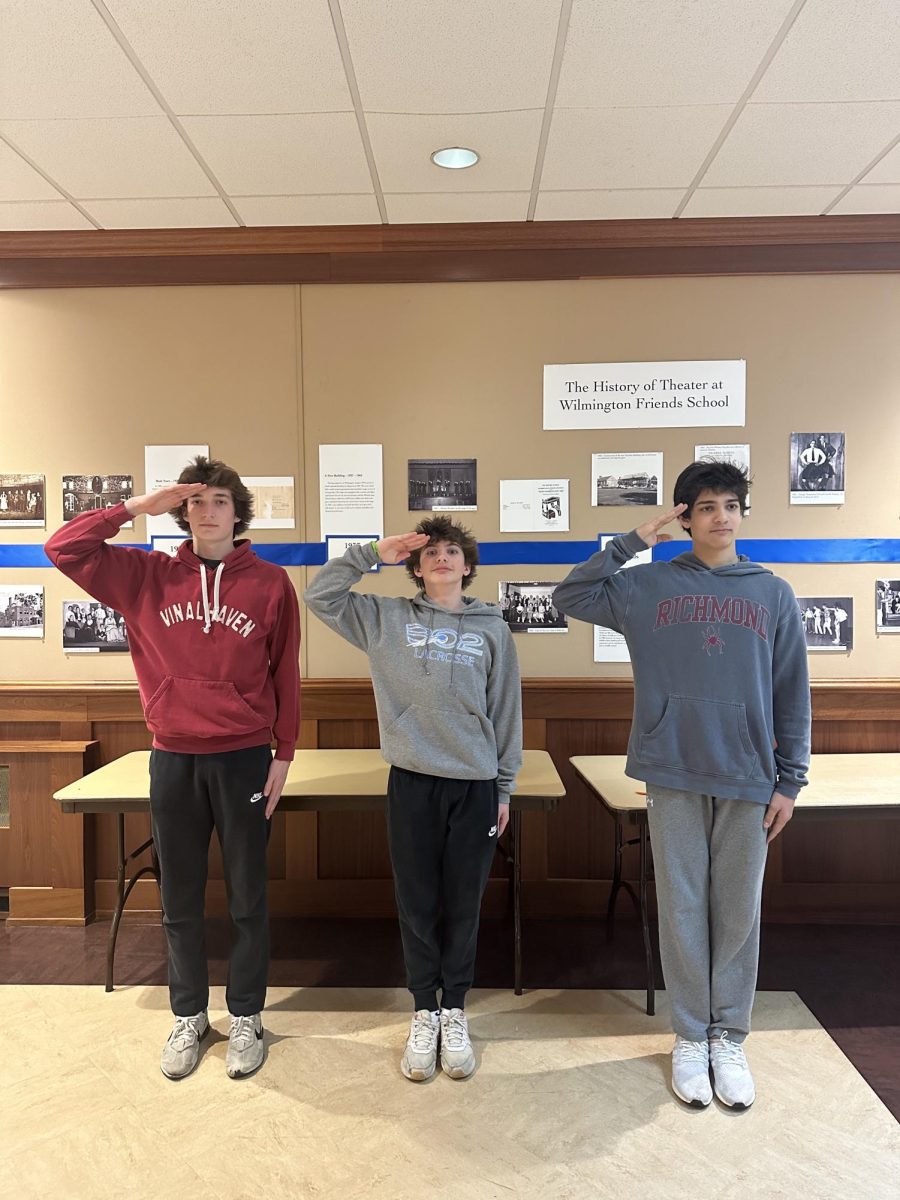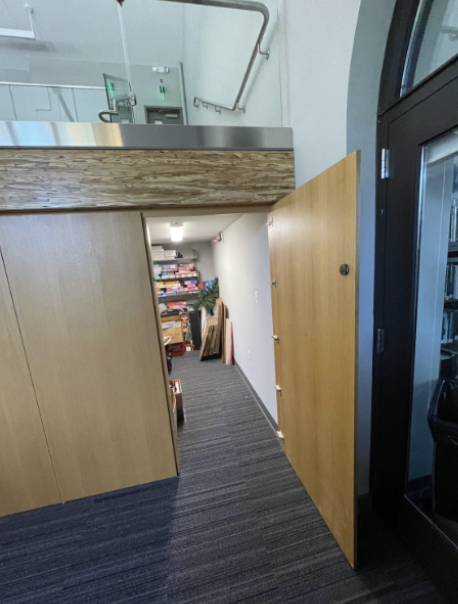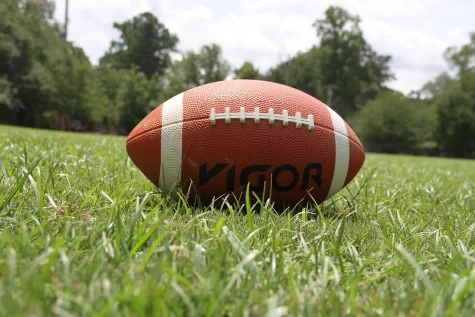Does WFS Dress to Impress?
March 2015
When walking through the upper school hallways, you might hear more than one conversation about the dress code. Leggings, camo, tank tops, shorts and dresses four inches above the knee, and sweatpants are just some of the restrictions that the school applies to the students on an everyday basis. Because of these restrictions many students have been questioning the fairness or necessity for the dress code.
Many students are upset about the strictness and seemingly unfairness of the school dress code requirements. For girls, the discussion frequently revolves around leggings. Sydney Gardner ’16 shared her opinion about wearing leggings to school, “I think it’s a moronic rule that we can’t wear leggings because if your sweater covers your butt it doesn’t matter. Guys wear sweatpants all the time, and girls only seem to get detentions.” Although twenty percent of dress code detentions were given to boys for wearing sweatpants, it seems as only a fraction of the boys wearing sweatpants do in fact receive a detention for it. A part of the confusion for some girls is why would leggings and a long sweater that covers nearly everything be considered “sloppy”, “lazy”, and “unprofessional”. College Guidance Counselor, Kathleen Martin, provided an administrative point of view, “Many Quaker schools don’t have dress code. Friends always has to be aware of its peer schools and since families are frequently visiting the four private schools, we have to consider the way the school looks. So when students look ‘sloppy’ it can sometimes harm admission.”
Many would argue that if students come to school comfortable, yet maintain a professional behavior, then there should not be an issue. Can’t there be a compromise between comfortable and professional attire for students? Tai Holden ’16 commented on the importance of comfort in a school environment, “We should be able to wear sweatpants because it’s easier to learn in a more comfortable environment. I like that we look presentable at school, so in that sense I agree with admissions, but it’s uncomfortable for students. Being comfortable is a priority for me.” A majority of the student body agreed with Holden’s statement about comfort being an issue at school. While comfort can be an asset to a learning environment, it can also take away from the professionalism of the school. This seems to be the main concern of the administration and faculty.
Another concern for some of the female study body is enforcing dress code because of distracting others. Margaret Kane ’16 says, “I think the dress code is only made because of over-sexualization of women, and instead of teaching girls to cover themselves up, we should teach others not to sexualize women.” Kane and other girls have expressed their concern about being required to cover up because of the over-sexualization of women. This year, seven of the ten dress code detentions given have been for girls. With oversexualizing women in the media, Kane and others have expressed indignation with repressing women, which only further objectifies their bodies. Lynn Puritz-Fine, Dean for Students, said, “I appreciate the work of our clubs like Half The Sky whose mission is to raise awareness about over-sexualization of women in our society- a very necessary aim. Our dress code for men and women stresses appropriate workplace attire. It’s not only about dress code for girls, but applies for men as well.” Ms. Puritz-Fine enforces many of the dress code rules, and generally supports the administration in providing a professional environment for everyone. Many staff members seem to defend the administration in their decisions about dress code. One anonymous faculty member commented, “I do find that revealing clothing is still distracting in class. There’s still a standard of dress that I think students should wear.” Teachers find skinny jeans and other tight clothing inappropriate and distracting in a working place.
There are many circumstances where students choose to break the dress code, and wear more distracting and inappropriate clothing than they should. Brady Bulk commented on the appropriateness of students as a whole, “I think we have a generous dress code. In terms of sexualization of women, I think we should all be covered up.” Many other faculty members agreed with Bulk along the same lines. Scott Clothier stated, “I agree with the dress code. If it were up to me I would have uniforms.” Uniforms have come up in many business meetings and faculty meetings for discussion. While uniforms would seem to solve the issue of detentions, suspensions, and distractions from dress code, uniforms generally go against Quaker philosophy. Quaker education is known for supporting and encouraging self growth, development, and individuality. On the Wilmington Friends website it even states, “Because they are known as individuals, students are able to discover and develop the best in themselves.” Individuality is a key aspect of Quaker education. In light of that, is a dress code restricting students’ ability of free expression suppressing their individuality at Friends? Donald Morton comments on the restriction of students’ wardrobe, “It’s okay to tell students they can’t wear certain things to school, it’s a part of our job as teachers.” Uniforms and some current restrictions of the current dress code like specific expressions on t-shirts and other clothing, camouflage, and hats. Apart from sweatpants and leggings, these other rules restrict students’ ability to freely express themselves.
In past few months of school, there has been a peak of detentions for students breaking dress code. Some students are concerned with the inconsistency in which the dress code is applied. Senior, Cassidy Martin commented, “I think that the dress code would be fair as long as favoritism isn’t applied.” It seems that a compromise needs to be made between faculty and the student body. As the administration is concerned about the school’s image, it’s important to maintain a professional atmosphere, and appropriate attire. Although, as many students have expressed, this could include wearing leggings and that, in fact, sometimes they would appear cleaner or nicer with leggings. While comfort plays a large role in a student’s school day, it’s unrealistic in future institutions or workplaces. Head of the Upper School, Rebecca Zug “In terms of pants, it’s difficult to determine the difference between leggings, jeggings, and skinny jeans. Tight clothing has become the norm, and not only does the restrictions of our dress code prepare us for a similar environment in the future, but also maintains a proper, and appropriate environment for a place of education.

